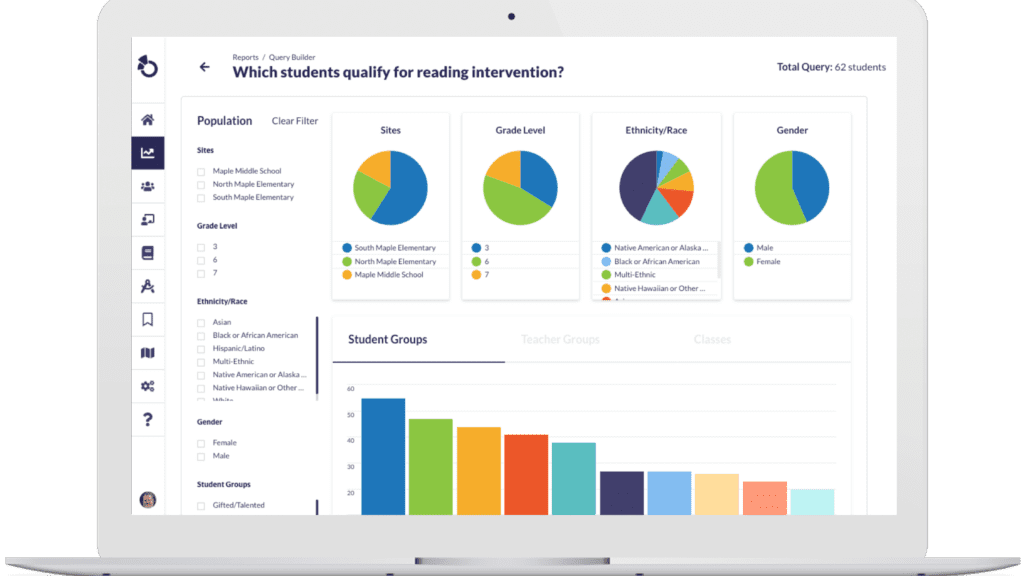Transferring Knowledge at the End of the School Year: How to Facilitate Impactful Articulation Meetings
By: David Specht

Begin by sharing each student’s academic growth, challenges, and accomplishments. This includes noting strengths, areas of opportunity, and any interventions that proved effective. Use data from tests, classroom assessments, or SEL screeners to provide a complete picture. Highlighting specific achievements and progress can help new teachers understand each student’s journey and plan their support strategies accordingly.
For example, a teacher could present a portfolio of a student’s work, showing their progress in reading comprehension throughout the year. This portfolio might include writing samples, test scores, and notes on the student’s participation in class discussions. These detailed insights can help the new teacher quickly identify the student’s current level and tailor their instructional approach to continue building on these skills.

Next, share behavior management strategies, digital tools, and other resources that were particularly effective with this cohort of students. This overview can be invaluable for teachers as they plan their classroom management and instructional strategies for the new school year. Mention specific digital tools or programs that engaged students and any classroom practices that contributed to a positive learning environment.
For instance, a teacher could explain how a particular digital tool, like a reading app or math game, increased student engagement and learning outcomes. They might also share how a specific behavior management strategy, such as a reward system or classroom routine, helped create a positive and productive learning environment. These insights can equip new teachers with tried-and-tested methods to start the year strong.

The heart of these meetings lies in discussing individual student needs. Identify specific students who require focused conversations about their academic, behavioral, or social-emotional needs. Provide detailed recommendations for interventions or support strategies that worked well, and highlight any specific concerns or areas that may need ongoing attention. This ensures that no student falls through the cracks and that new teachers are well-prepared to support every learner from day one.
For example, a teacher might highlight a student with ADHD who benefited from specific seating arrangements and regular breaks during lessons. They could provide details on which strategies they found most effective, such as allowing a student to use fidget tools or giving them a buddy system for staying on task. Sharing these personalized approaches ensures that the new teacher can maintain a supportive environment tailored to the student’s unique needs from the very start.
Facilitating the smooth transition of student information is vital for continuous support and success. Ensuring that every detail is accurately transferred can have a significant impact on students’ learning experiences. That’s why many educators find it helpful to leverage student data tools that enhance this process, making it more efficient and effective.
Otus, a K-12 student data and assessment solution, helps teachers to effectively transfer student information and progress from one school year to the next, ensuring no supports are lost during a transition.
Here are some key ways Otus can support these conversations:
Student Profile: Every student has a Profile that consolidates all of their data into one place, including grades, assessments, attendance, and behavioral records.

Digital Portfolio: Students can create digital portfolios showcasing their work and achievements. These portfolios follow a student year to year so their new teachers can view their accomplishments.
Personalized Learning Plans: Otus’ personalized learning plans include goal-setting and
progress monitoring features. Teachers can update these plans regularly, which are visible to subsequent teachers, ensuring that the goals and supports evolve with the student’s development.

Related Resources
Request a demo!
See exactly how Otus can help your school accelerate student growth and improve student outcomes – all while saving educators time.





